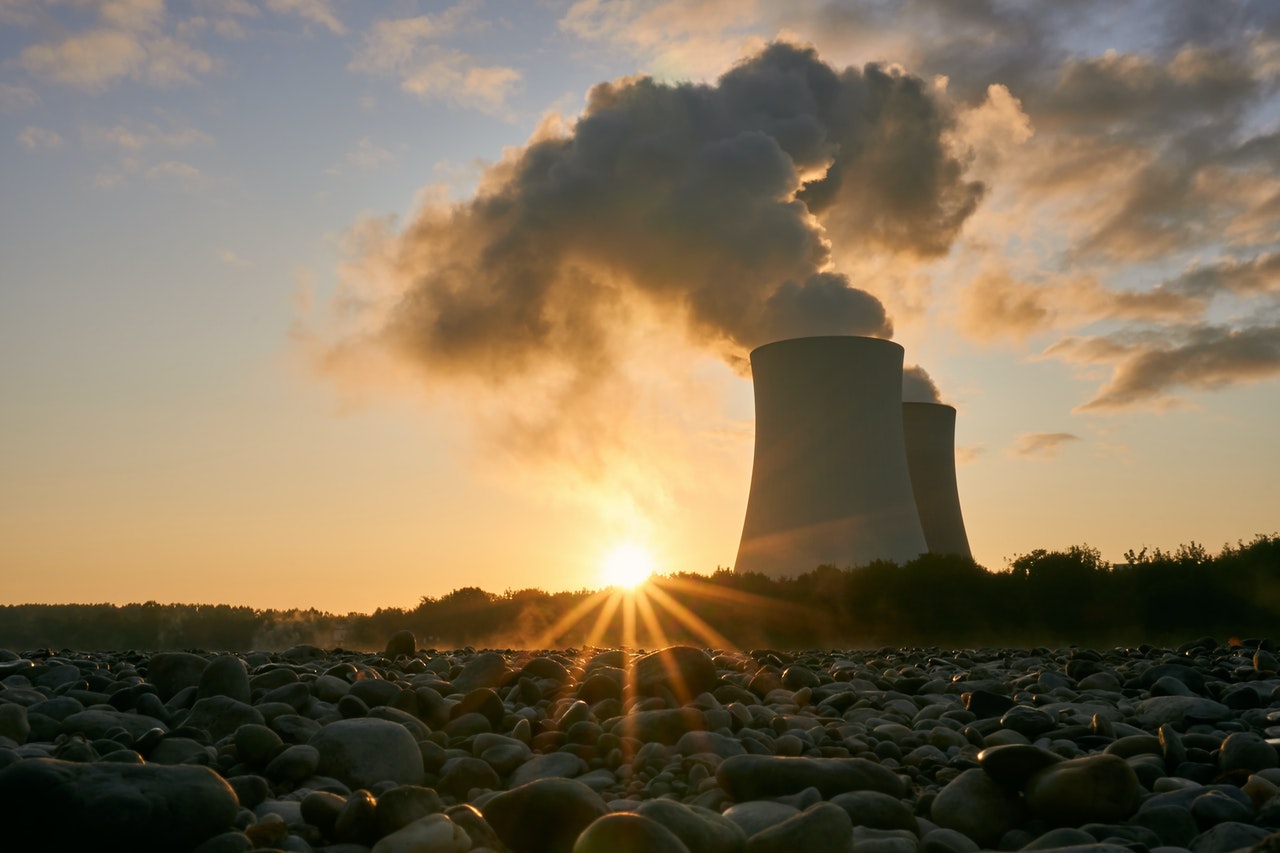Today, there is a recurrent thesis that nuclear energy will become a savior of the climate, and it should be included in the list of green technologies that require support. Such proposals are heard mainly in the European Union, and shortly a decision should be made whether to have nuclear energy in the green taxonomy of the European Union or not. However, in this article, we will explain why is nuclear energy nonrenewable, taking into account insights and opinions from Greenpeace.
In October 2021, government representatives from ten EU countries proposed using nuclear power to protect European consumers from price volatility.
In Russia, nuclear power is included in the list of technologies that fall under the criteria for sustainable development. The Russian position at the last 26th Conference of the Parties to the United Nations Framework Convention on Climate Change was to ensure the recognition of all sources of electricity production, including nuclear energy, explaining why it is nonrenewable.
Let’s try to figure out how promising it is to invest in nuclear energy to save the climate, taking into account the availability of other available technologies.
1. Macroeconomic indicators: dynamics of development of nuclear energy in the world
According to statistics for 2019, the share of nuclear energy in global energy consumption has remained stable since 2014 and amounted to 4.3 (!) percent. Considering that it was a by-product of military programs and unlimited resources provided “greenhouse” conditions for civilian nuclear energy, the lack of positive dynamics in absolute production for decades, this is not just a low starting position, it looks like the ceiling that the nuclear energy of the world has reached during its golden age.
According to the same data, there is a slow but steady decline in the share of nuclear energy in the world’s gross electricity production from a peak of 17.5% in 1996 to 10.35% in 2019. With constant power and generation, nuclear energy could not keep up with the growing electricity consumption in the world.
2.Dynamics of installed capacity and number of nuclear power units in the world
If the capacity of nuclear energy is at least doubled, the share of nuclear power plants in the total energy balance will increase to 9% at current energy consumption, and with an increase in energy consumption, the share will be lower. And this clearly does not save the climate.
Doubling nuclear generation capacity (in this case, it is necessary not just to add new power units, but to replace the old ones) is extremely unlikely, given the timing and cost of construction, cheap uranium reserves, and the risks of the spread of dual-use technologies.
With faster, cheaper alternatives that are not weighed down by the risks of proliferation of nuclear weapons and radioactive substances to create “dirty” bombs, the nuclear option becomes irrational. And the world dynamics already confirm this.
Since by the middle of the century, almost all existing capacities should be decommissioned, we are talking about a repetition of the Soviet nuclear program and even cooler: every five years, about eight nuclear power units will need to be commissioned.
For comparison: so many blocks were introduced in ten years, from 2010 to 2019. In the next five years, the growth of nuclear energy will not happen. The installed capacity of Russian nuclear power plants today is approximately 30 GW.
Following the state program “Development of the nuclear power industry complex”, by 2027, the capacity of nuclear power plants will be reduced to 27.9 GW after the decommissioning of power units that have exhausted their assigned resource. According to various sources, new nuclear power units under construction should replace 7.5–8 GW, showing why is nuclear energy nonrenewable.
3. Construction of a nuclear power plant takes a very long time to save the climate, we need technologies that are quick to implement.
The average construction period for one nuclear power unit is ten years. In Russia – more than 20 years. Without considering the long-term construction of the Rostov, Beloyarsk and Kalinin NPPs, the average construction period is more than nine years.
The construction time for renewable energy sources (RES) is an order of magnitude shorter. From 2014 to 2019 In six years, more than 1 GW of wind and solar stations were commissioned in Russia as part of the RES construction program under a special subsidized program. And then, when the market gained experience, so many capacities were commissioned in 2020 alone.
On the other hand, RES do not require complex safety systems, the requirements for which are only increasing for nuclear power plants, and do not depend on an extremely complex fuel cycle, as in nuclear energy.
Requirements for the construction of nuclear power plants create another “bottleneck”: not all companies have access to the construction and production of equipment for nuclear power plants.

